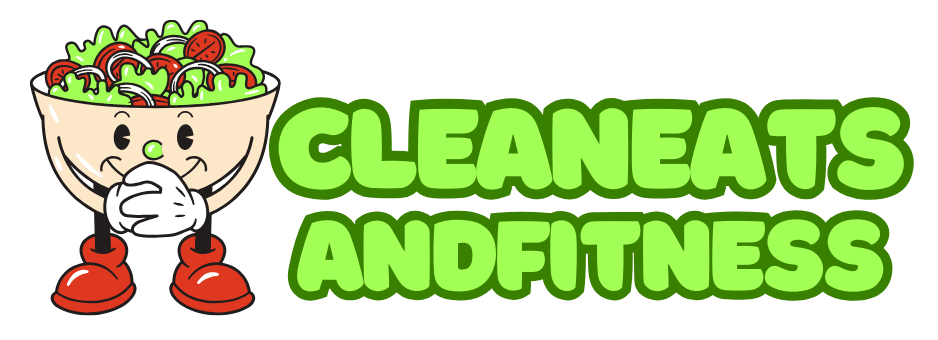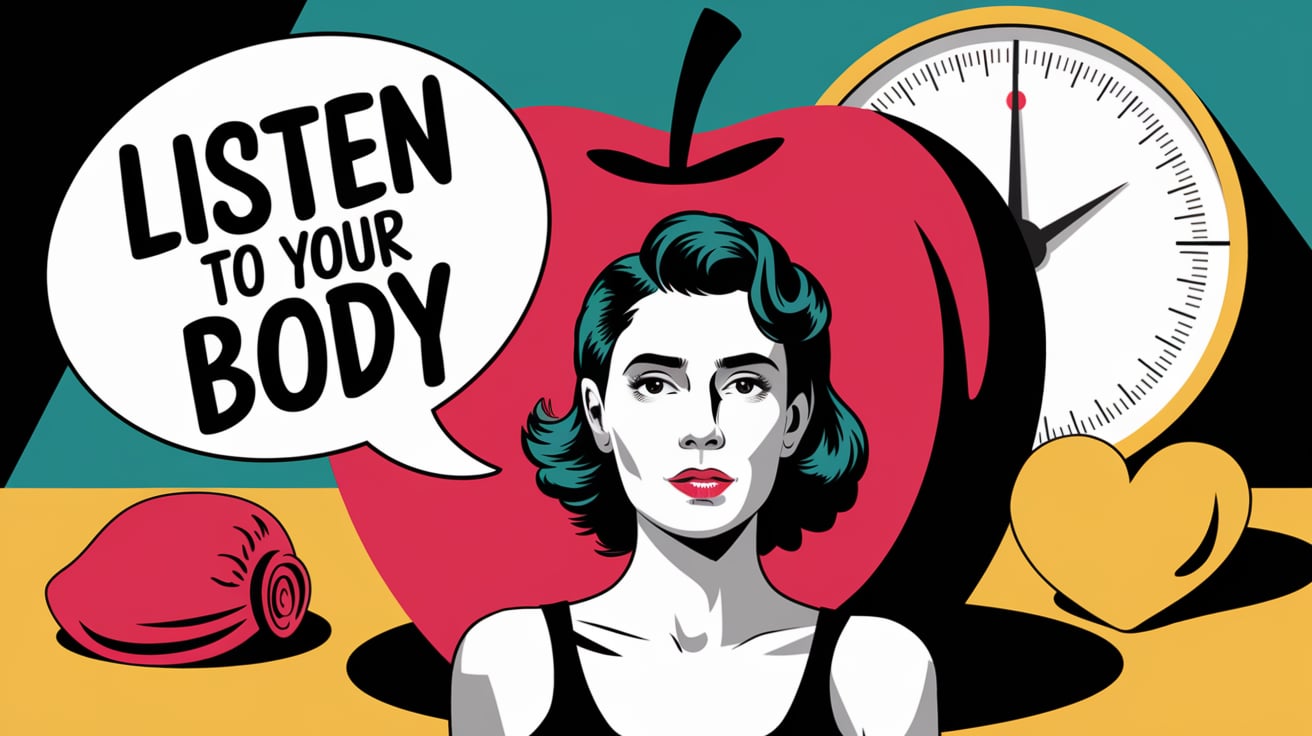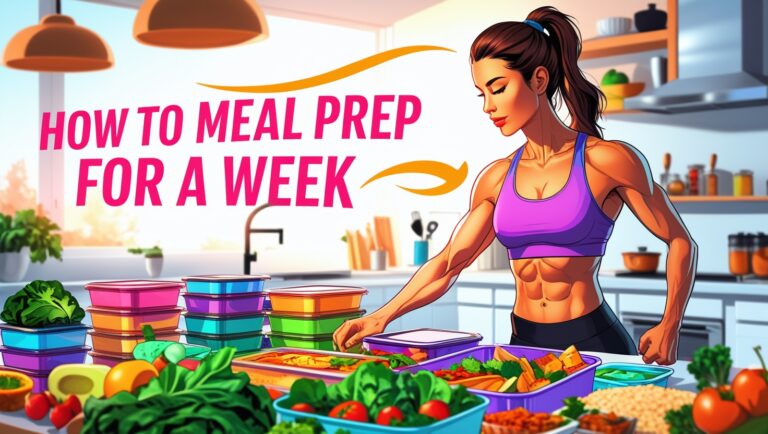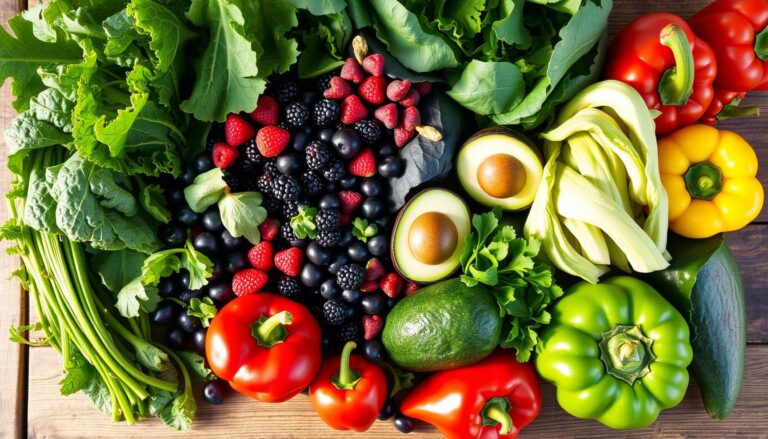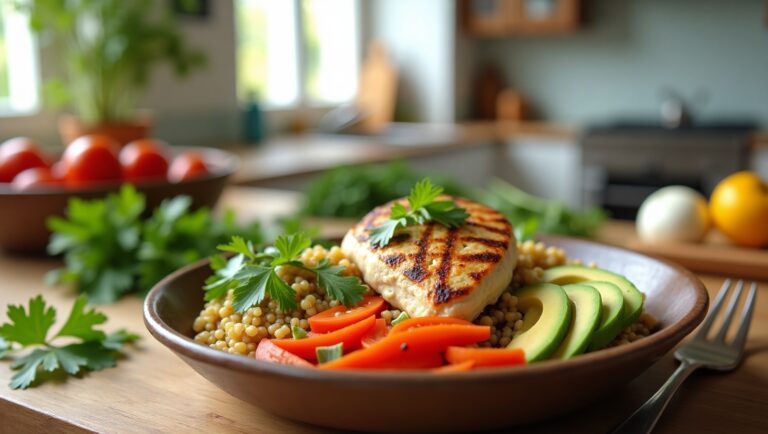Top Tips to Avoid Processed Foods and Eat Clean
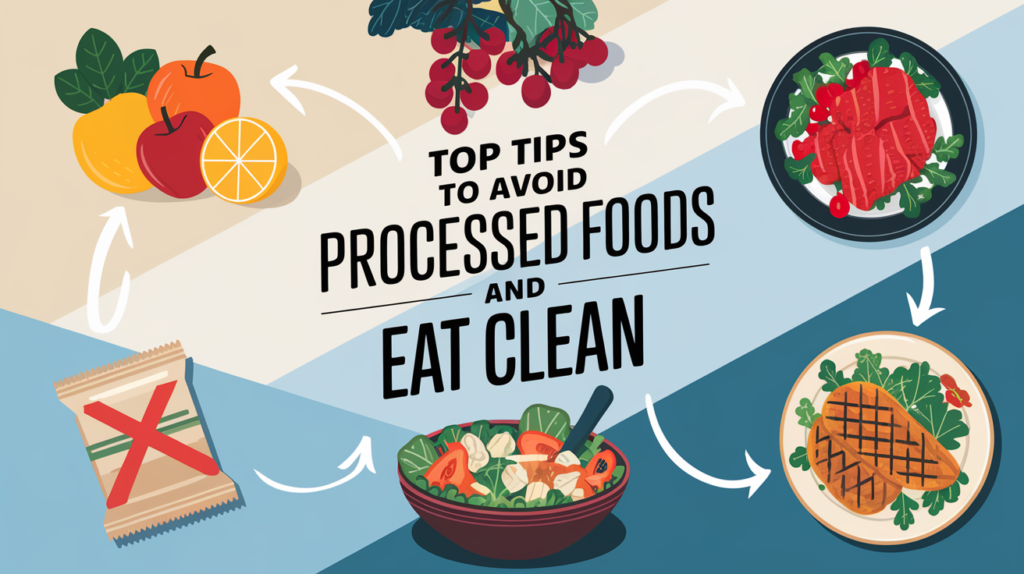
In today’s world, processed foods are everywhere. They’re easy to find, cheap, and tempting. But, eating too much of them can harm your health. You might gain weight, get heart disease, or develop diabetes.
The good news is, it’s easy to eat clean and avoid processed foods. This guide will show you top tips to avoid processed foods and embrace a clean eating lifestyle. Whether you’re starting or improving, these tips will help you make better choices and feel great.
What Are Processed Foods?
First, let’s talk about what processed foods are. They’re foods that have been changed from their natural state. This can be anything from pre-washed greens to frozen meals.
Stay away from ultra-processed foods. They often have:
- Added sugars
- Unhealthy fats (trans fats, hydrogenated oils)
- Artificial flavors, colors, and preservatives
- High levels of sodium
These ingredients can harm your health. It’s important to limit or avoid them.
Why Avoid Processed Foods?
- Nutrient Deficiency: Processed foods often lack essential nutrients.
- Weight Gain: They’re high in empty calories, leading to overeating and obesity.
- Chronic Diseases: Linked to heart disease, diabetes, and high blood pressure.
- Digestive Issues: Lack of fiber can disrupt gut health.
- Addiction: Processed foods are designed to be irresistible.
By avoiding processed foods and eating clean, you can boost your energy, support your immune system, and keep a healthy weight.
Top Tips to Avoid Processed Foods and Eat Clean
1. Plan Your Meals in Advance
Meal planning is a great way to avoid processed foods. Having a plan means you’re less likely to grab convenience foods.
- How to Start: Set aside one day a week to plan meals and make a shopping list. Choose whole, unprocessed ingredients like fruits, veggies, lean proteins, and whole grains.
- Pro Tip: Prep ingredients ahead of time (e.g., chop veggies, cook grains) to save time during the week.
2. Shop the Perimeter of the Grocery Store
The store’s perimeter has fresh, whole foods like produce, dairy, meat, and seafood. The inner aisles are where you’ll find processed foods.
- What to Buy:
- Fresh fruits and vegetables
- Lean meats, poultry, and fish
- Eggs and dairy (opt for unsweetened, full-fat options)
- Whole grains like quinoa, brown rice, and oats
- Avoid: Packaged snacks, sugary cereals, and canned foods with added sodium or preservatives.
3. Read Food Labels Carefully
Not all packaged foods are bad. But, it’s key to read labels to make smart choices.
- What to Look For:
- Short ingredient lists (5 or fewer ingredients is ideal)
- No added sugars or artificial sweeteners
- Low sodium content
- No hydrogenated oils or trans fats
- Red Flags: Ingredients you can’t pronounce, high-fructose corn syrup, and artificial additives.
4. Cook at Home More Often
Cooking at home lets you control what’s in your meals. It’s also a chance to try new recipes and flavors.
- Beginner-Friendly Recipes:
- Grilled chicken with roasted vegetables
- Quinoa salad with avocado and chickpeas
- Homemade vegetable soup
- Pro Tip: Invest in quality kitchen tools like a good knife, cutting board, and non-stick pan to make cooking easier.

5. Choose Whole Foods Over Packaged Ones
Whole foods are as natural as possible. They’re full of nutrients and free from additives.
- Examples:
- Fresh fruits instead of fruit snacks
- Plain yogurt with fresh berries instead of flavored yogurt
- Nuts and seeds instead of granola bars
6. Limit Sugary Drinks
Sugary drinks like soda, energy drinks, and some fruit juices are full of empty calories and added sugars.
- Healthier Alternatives:
- Water (infuse with lemon, cucumber, or mint for flavor)
- Herbal teas
- Sparkling water with a splash of 100% fruit juice
7. Snack Smart
Processed snacks like chips and cookies are often high in unhealthy fats and sugars. Choose clean, whole-food snacks instead.
- Healthy Snack Ideas:
- Apple slices with almond butter
- Carrot sticks with hummus
- A handful of mixed nuts
- Hard-boiled eggs
8. Be Mindful of Hidden Sugars
Added sugars are hidden in many processed foods, even in things that don’t taste sweet, like bread and pasta sauce.
- How to Spot Hidden Sugars: Look for terms like high-fructose corn syrup, cane sugar, and dextrose on ingredient lists.
- Pro Tip: Use natural sweeteners like honey or maple syrup in moderation when needed.
9. Embrace Healthy Fats
Not all fats are the same. Processed foods often have unhealthy trans fats, while whole foods provide healthy fats that support brain and heart health.
- Sources of Healthy Fats:
- Avocados
- Olive oil
- Nuts and seeds
- Fatty fish like salmon
10. Stay Hydrated
Sometimes, we think we’re hungry when we’re really thirsty. This can lead to eating too much of processed foods.
- How Much Water to Drink: Aim for at least 8 glasses a day, or more if you’re active.
- Pro Tip: Carry a reusable water bottle to stay hydrated throughout the day.
11. Practice the 80/20 Rule
Eating clean doesn’t mean you have to be perfect. The 80/20 rule lets you enjoy your favorite treats in moderation. Just stick to whole, unprocessed foods 80% of the time.
- Example: If you eat 21 meals a week, aim for 17 clean meals and allow yourself 4 indulgent ones.
12. Educate Yourself
The more you know about nutrition, the easier it will be to make healthy choices.
- Resources:
- Books like “In Defense of Food” by Michael Pollan
- Documentaries like “Fed Up” and “Food, Inc.”
- Reliable websites like the American Heart Association and Harvard Nutrition Source
13. Find Clean Eating Alternatives
Craving something sweet or salty? There’s likely a clean eating alternative.
- Examples:
- Dark chocolate instead of milk chocolate
- Air-popped popcorn instead of chips
- Homemade smoothies instead of store-bought ones
14. Listen to Your Body
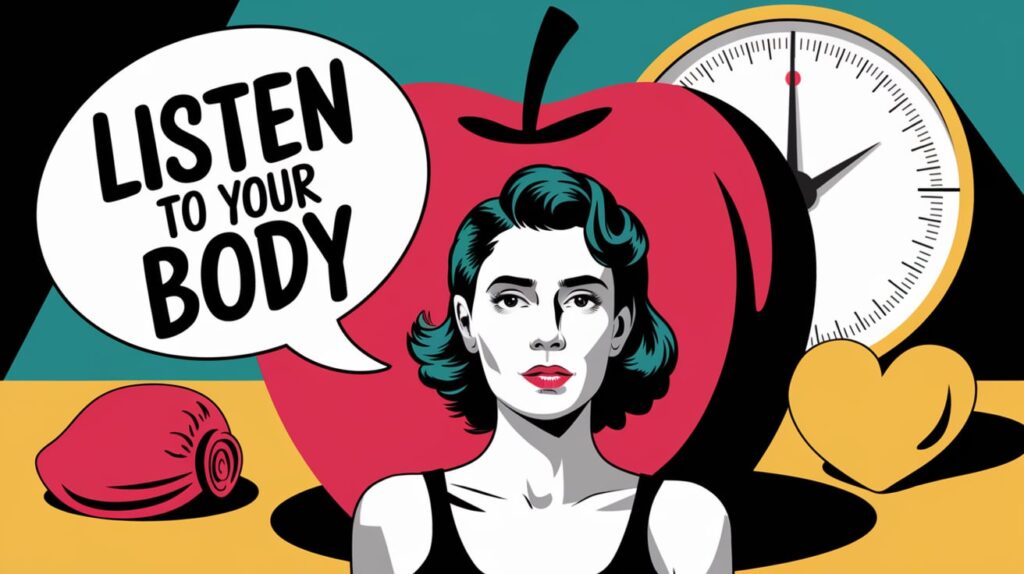
Pay attention to how different foods make you feel. Processed foods often lead to energy crashes and bloating. Whole foods provide sustained energy and improve digestion.
15. Stay Consistent and Patient
Transitioning to a clean eating lifestyle takes time. Be patient with yourself and celebrate small victories along the way.
Sample Clean Eating Meal Plan
Breakfast: Overnight oats with almond milk, chia seeds, and fresh berries.
Snack: A handful of raw almonds and an apple.
Lunch: Grilled chicken salad with mixed greens, cherry tomatoes, avocado, and olive oil dressing.
Snack: Carrot sticks with hummus.
Dinner: Baked salmon with quinoa and steamed broccoli.
Dessert: A square of dark chocolate.
Final Thoughts
Avoiding processed foods and eating clean is one of the best things you can do for your health. By following these tips, you’ll not only improve your physical well-being but also develop a healthier relationship with food. Remember, it’s not about perfection—it’s about making better choices, one meal at a time. Start small, stay consistent, and enjoy the journey to a healthier, happier you!
